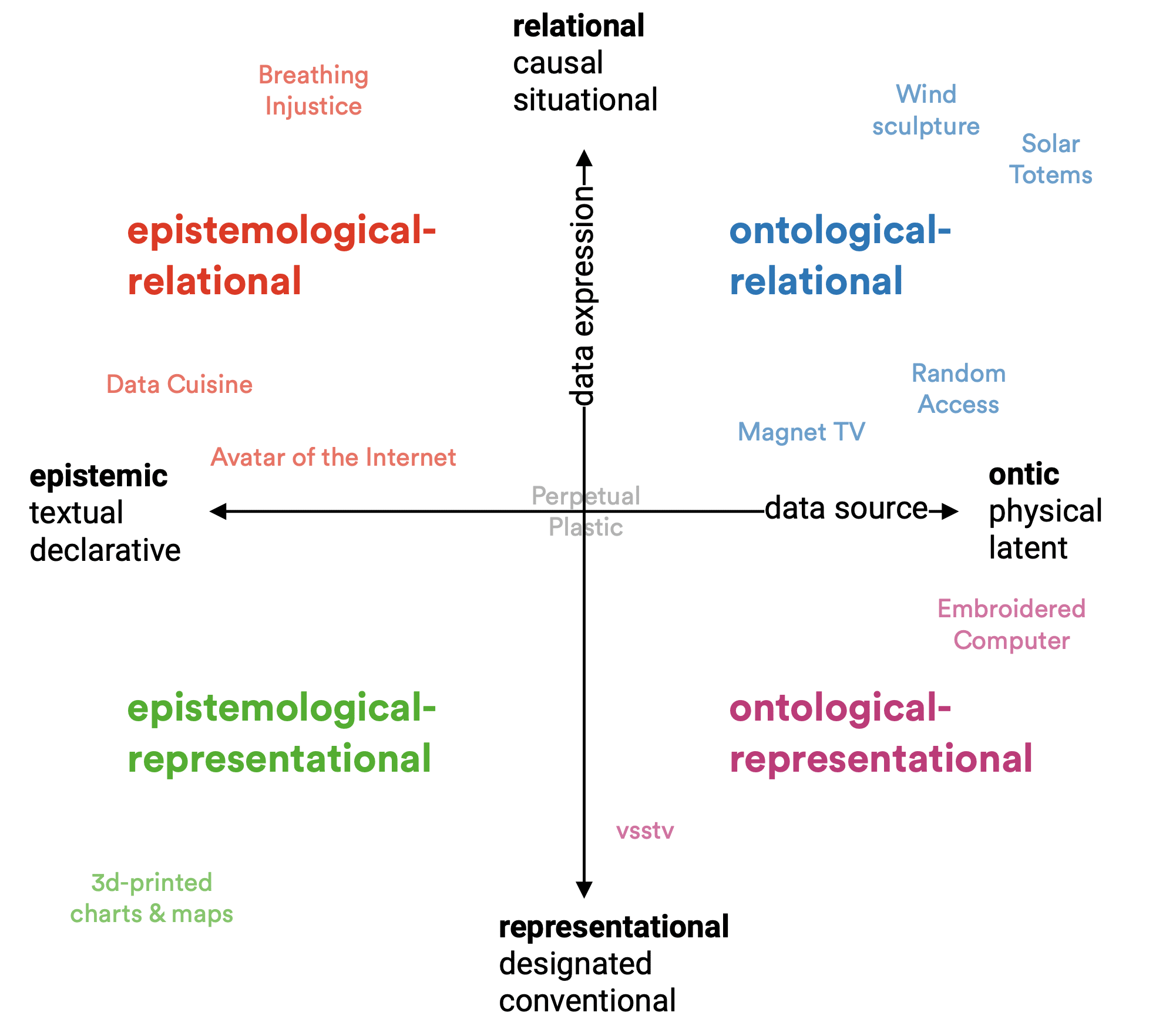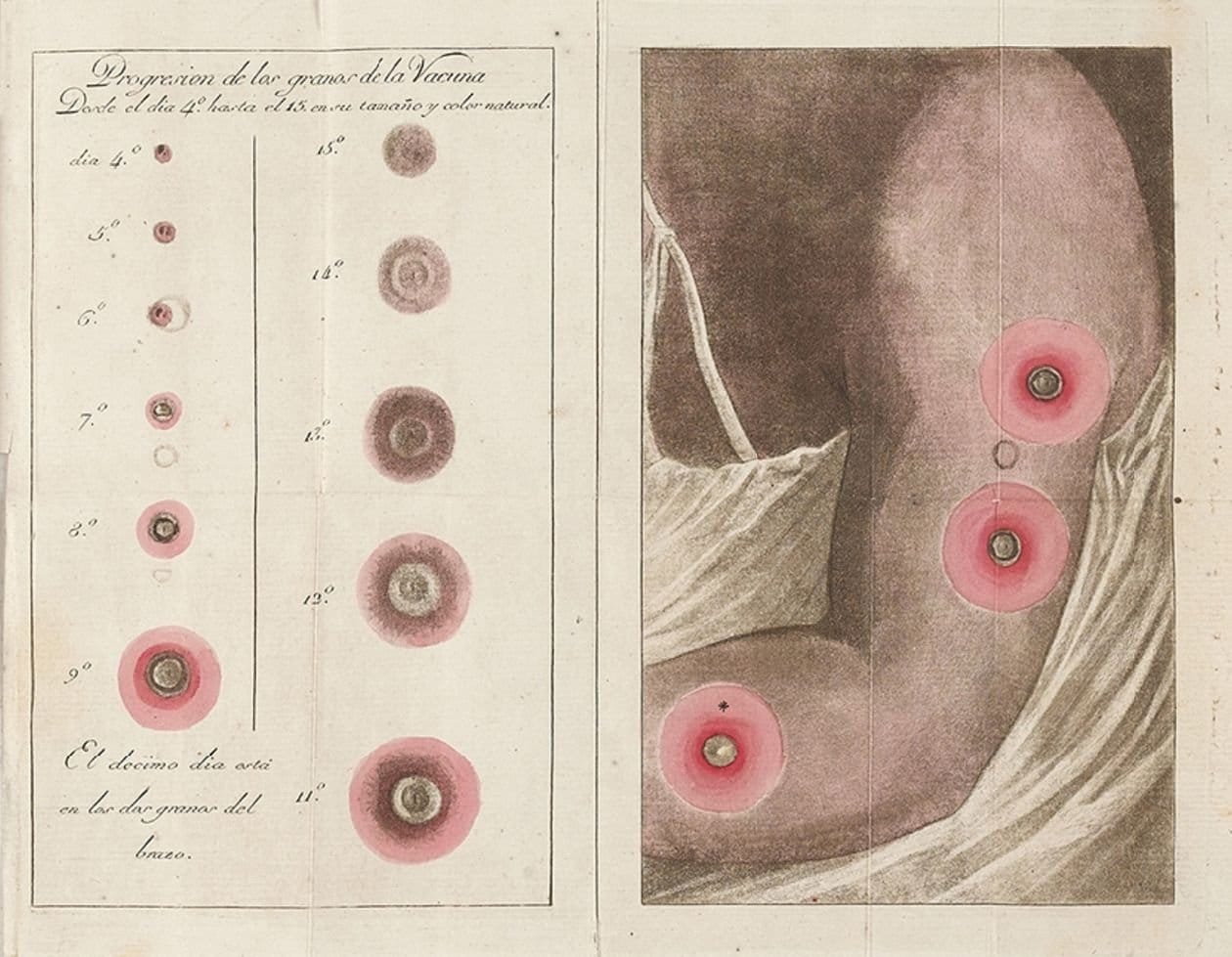
Berlin_Lokal_Zeit
Berlin_Lokal_Zeit
BERLIN_LOKAL_ZEIT is a participatory project that aims to capture and jointly reflect on experiences of everyday life in the city during the pandemic. Which phenomena appear, how do they change and how do our attitudes towards them change over time?
30 participants documented and processed the many small changes that have taken place since the beginning of the pandemic in images, text, and audiorecordings. Using CLB Berlin Moritzplatz as a hub, artistic works and performances explore the experiential space of the city.
With: Kim Albrecht | Sam Auinger | Ingrid Beirer | Peter Cusack | Eliot Felde | Maren Hartmann | Martina Huber | Almut Hüfler | Susanne Jaschko | Max Joy | katrinem | Udo Noll | Dietmar Offenhuber | Nika Radić | Ursula Rogg | Sven Sappelt | Holger Schulze | Paul Scraton | Georg Spehr | Zoe Spehr | Hannes Strobl | Linh Hoang Thuy
Link to the Project website
Foto by Nika Radić




